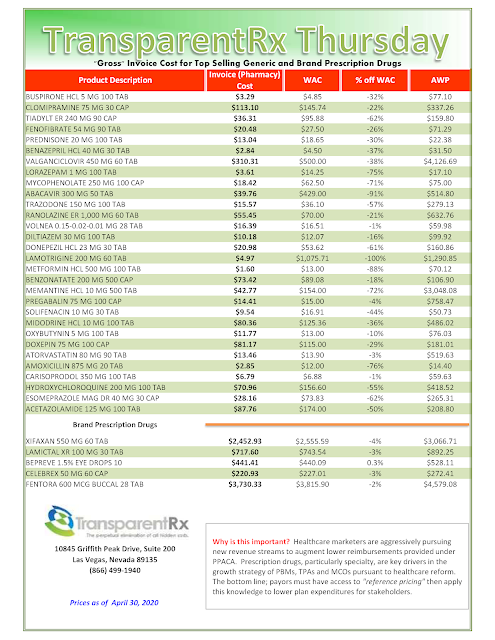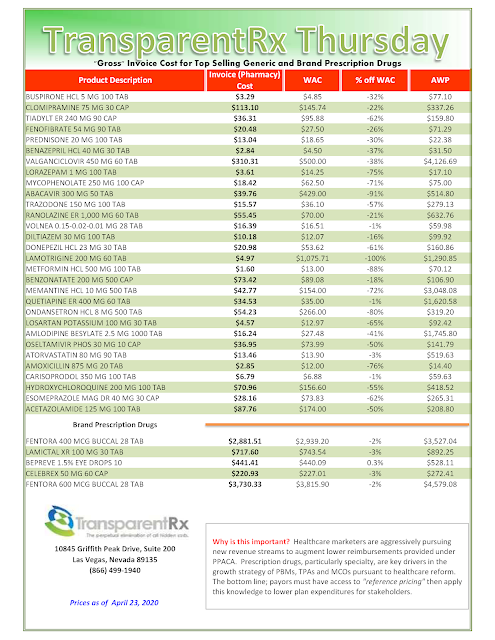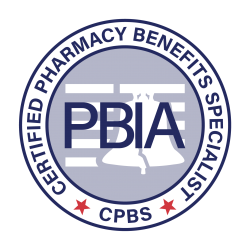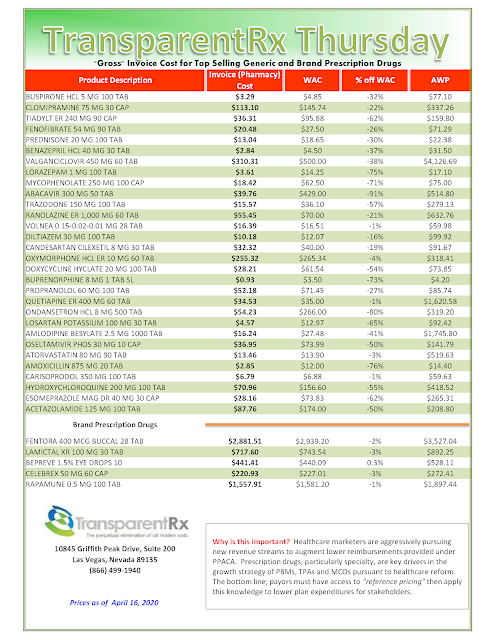The Untold Truth: How Pharmacy Benefit Managers Make Money [Free Webinar]
 |
| Click to Register |
How many businesses do you know will voluntarily cut their revenues in half? This is the reason non-fiduciary pharmacy benefit managers are reluctant to offer radical transparency. Instead, they opt for hidden cash flow opportunities to foster growth. Want to learn more? Here is what some participants have said about the webinar:
“Thank you Tyrone. Nice job, good information.” David Stoots, AVP
“Thank you! Awesome presentation.” Mallory Nelson, PharmD
“Thank you Tyrone for this informative meeting.” David Wachtel, VP
“…Great presentation! I had our two partners on the presentation as well. Very informative.” Nolan Waterfall, Agent/Benefits Specialist
A snapshot of what you will learn during this 30-minute webinar:
- Hidden cash flows streams in the PBM Industry
- How to calculate the EACD or earnings after cash disbursements
- Basic to intermediate level PBM terminologies
- Pros and cons of PBM price benchmarks
- Cost-containment strategies to implement today
See you Tuesday, May 12, at 2 PM ET!
TransparentRx
Tyrone D. Squires, MBA
10845 Griffith Peak Drive, Suite 200
Las Vegas, NV 89135
866-499-1940 Ext. 201
P.S. Yes, it’s recorded. I know you’re busy … so register now and we’ll send you the link to the session recording as soon as it’s ready.









